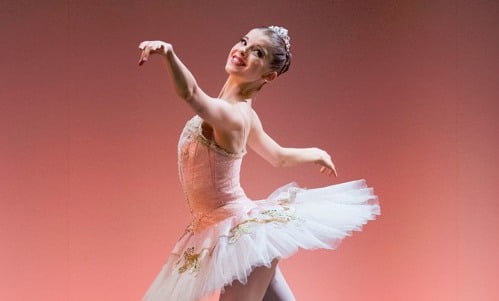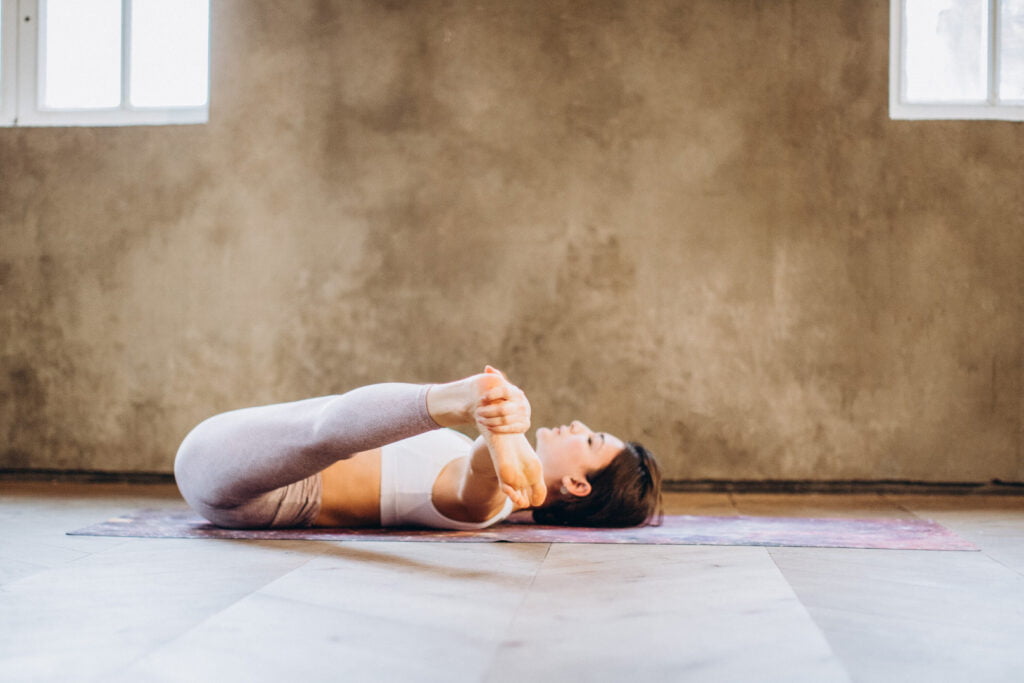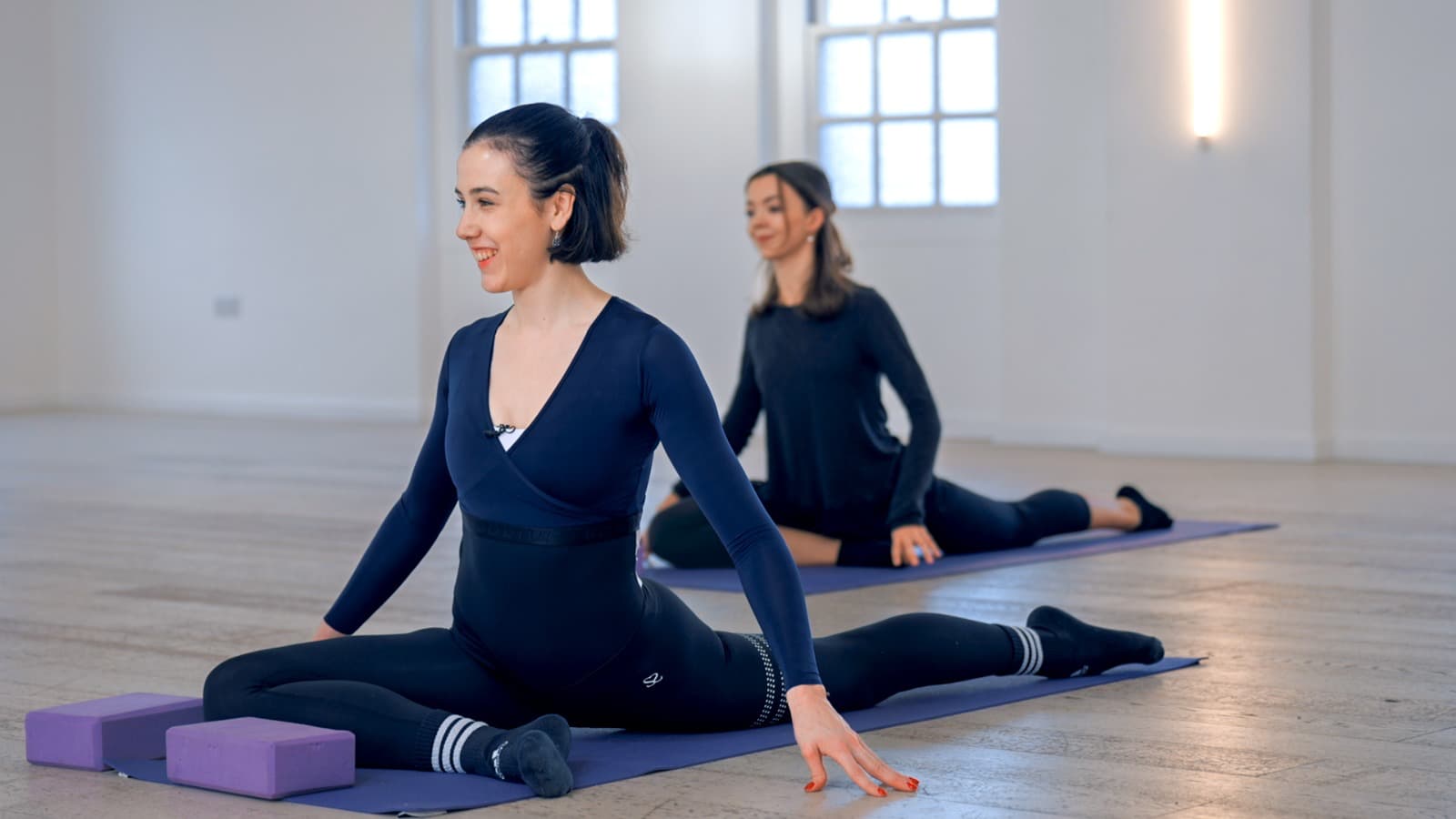Written by Suvi Honkanen
Body image is tricky. We are constantly bombarded with beauty ideals from all directions of mass media, ideals that keep shifting and changing and are impossible to keep up to. From a very young age, girls especially are fed the idea that the best thing you can be in life is young, thin, and beautiful. We learn compare, judge, obsess, and hate our bodies.
Throw some tight, revealing leotards and walls full of mirrors in the mix and you have yourself a perfect dilemma.
It’s extremely difficult to be a dancer and not have some kind of negative thoughts about the body. So often our worth and level of talent as a dancer is tied to not only what it can physically do but what the body physically looks like. Dancers who have larger muscles aren’t usually celebrated for their high and explosive jumps but instead put down for the wrong kind of physique. Dancers with less than perfect lines aren’t encouraged to develop their technique and artistry but instead, told to perhaps think about another career. In an aesthetic artform, that is also a sport, the emphasis of the body and its appearance is amplified.
As a student, I remember how we would always check for a spot at the barre that had the “skinny mirror”. We would compare the width of our waists and share unhealthy dieting tips with each other in the dressing.
In company life, I noticed how my perception of myself as a dancer would shift along with my weight. When I was softer, I saw myself as lazy, unworthy, and a bad dancer. When I was thin, I felt more proud, confident, and happy. Interestingly, there was never a big difference in my dancing technique-wise (except for the lack of energy when not eating enough). I felt like three pirouettes looked good when I was thin and bad when I was not.
The mirror became a friend and an enemy. When I took class onstage for the first time after a long break due to an injury, I had wake-up call. I found myself absolutely lost without my trusty twin in the mirror. I had no idea what I looked like, no idea how to place my body. It was then that I began to actively avoid the mirrors and instead turn my gaze inward. What does this feel like? Where do I look, how do I look, what do I follow with my eyes? I found a completely new and exciting approach to the every-day class that had begun to feel boring and repetitive.
I thought about the definition of body image a lot before writing this article. What is it, exactly? Is it what you look like, is it what you feel like? Is it what you feel like you look like? And how can it be so fragile and ever-changing? I find myself in awe of how complex and multidimensional the concept is.
Broadly defined, body image is a physchological concept about one’s physical self. It is defined as the perception, attitudes, and experiences one has about their physical body.
If you ask any ballet-fanatic what the perfect ballet body looks like, they will probably say something along these lines: long neck, small head, long legs, good feet, slightly hyper-extended knees, short torso, small waist, hips not too wide, shoulders not too broad. We internalize these ideals from a young age and often subconsciously feed the idea that to be a good dancer, we must have a perfect body.
Yet, if you look at any leading artist in the ballet world, none of them possess all of these features. And I can assure you, if you were to ask a dancer with an seemingly “perfect” body, they would absolutely disagree with you. After all, we are most often our own worst critics.
If you find yourself basing your identity and value as a dancer on what your mirror-image looks like, I understand. During my career, I often felt like a skeleton on a hanger evaluated by what my body looked like. She has long legs, but a short neck. Her muscles are too soft. Her torso is too wide.
A strong, healthy body starts from a healthy mind. There is so much more to dance than being thin or having a certain kind of arch. After all, the main goal of a dancer is to be free and to express something fundamentally human. Not to be thin, not to fit a choreographer’s or a director’s ideal.




